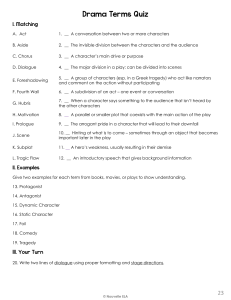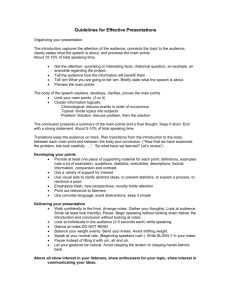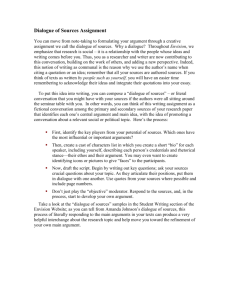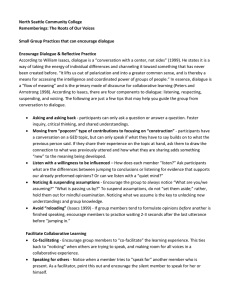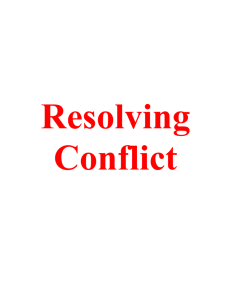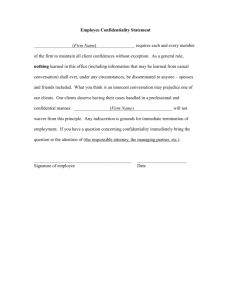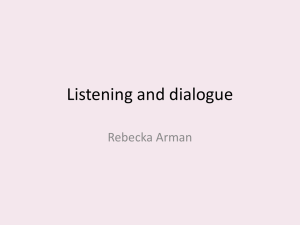Why the Best Presentations Are Good Conversations, Roly Grimshaw
advertisement
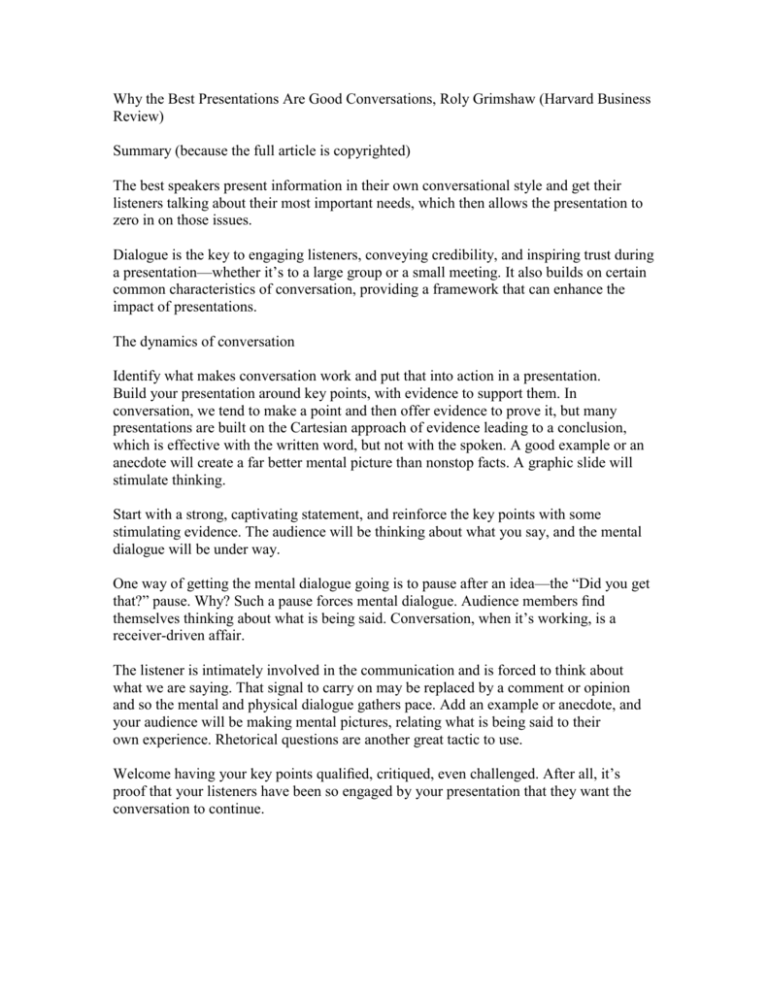
Why the Best Presentations Are Good Conversations, Roly Grimshaw (Harvard Business Review) Summary (because the full article is copyrighted) The best speakers present information in their own conversational style and get their listeners talking about their most important needs, which then allows the presentation to zero in on those issues. Dialogue is the key to engaging listeners, conveying credibility, and inspiring trust during a presentation—whether it’s to a large group or a small meeting. It also builds on certain common characteristics of conversation, providing a framework that can enhance the impact of presentations. The dynamics of conversation Identify what makes conversation work and put that into action in a presentation. Build your presentation around key points, with evidence to support them. In conversation, we tend to make a point and then offer evidence to prove it, but many presentations are built on the Cartesian approach of evidence leading to a conclusion, which is effective with the written word, but not with the spoken. A good example or an anecdote will create a far better mental picture than nonstop facts. A graphic slide will stimulate thinking. Start with a strong, captivating statement, and reinforce the key points with some stimulating evidence. The audience will be thinking about what you say, and the mental dialogue will be under way. One way of getting the mental dialogue going is to pause after an idea—the “Did you get that?” pause. Why? Such a pause forces mental dialogue. Audience members find themselves thinking about what is being said. Conversation, when it’s working, is a receiver-driven affair. The listener is intimately involved in the communication and is forced to think about what we are saying. That signal to carry on may be replaced by a comment or opinion and so the mental and physical dialogue gathers pace. Add an example or anecdote, and your audience will be making mental pictures, relating what is being said to their own experience. Rhetorical questions are another great tactic to use. Welcome having your key points qualified, critiqued, even challenged. After all, it’s proof that your listeners have been so engaged by your presentation that they want the conversation to continue.
